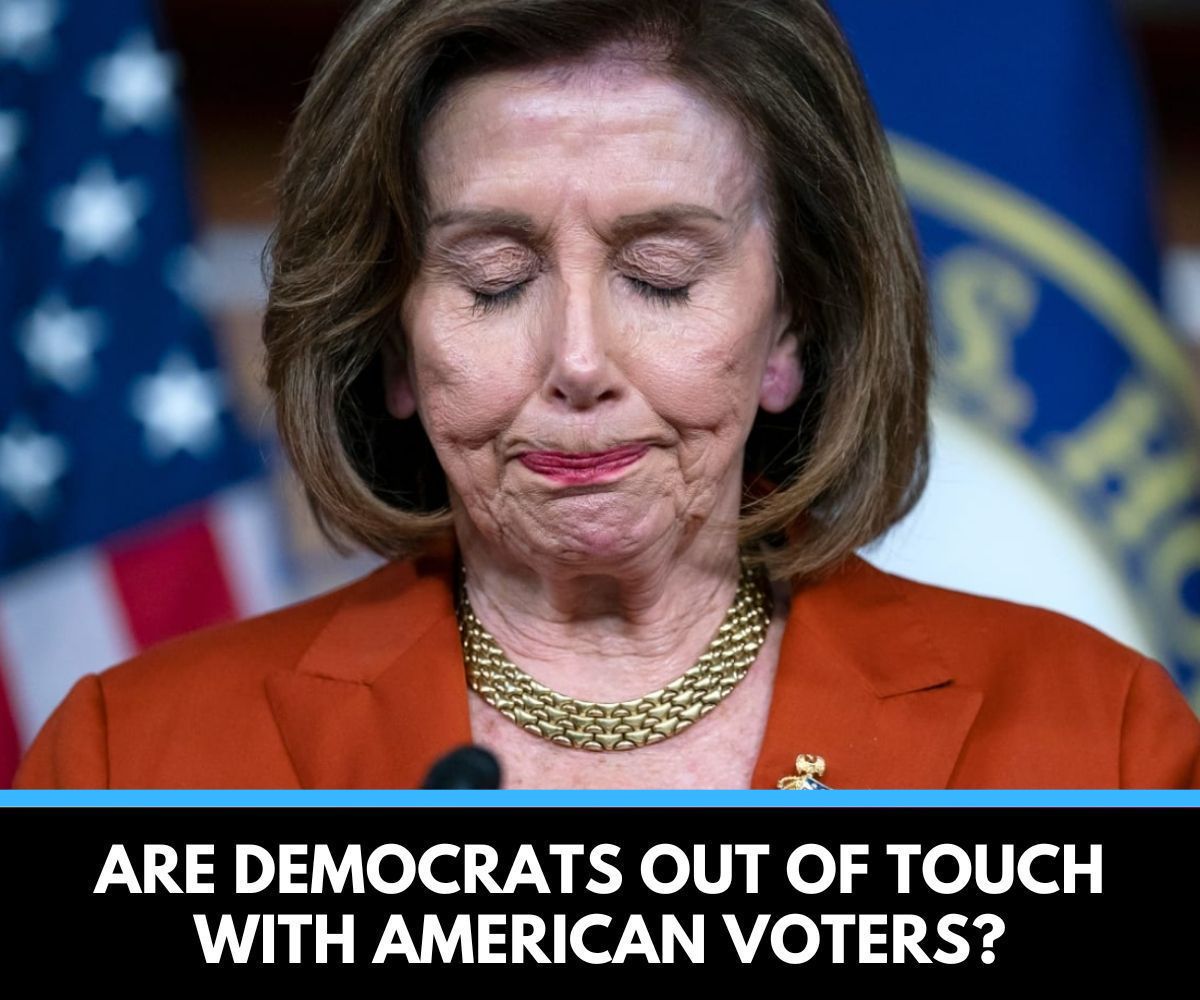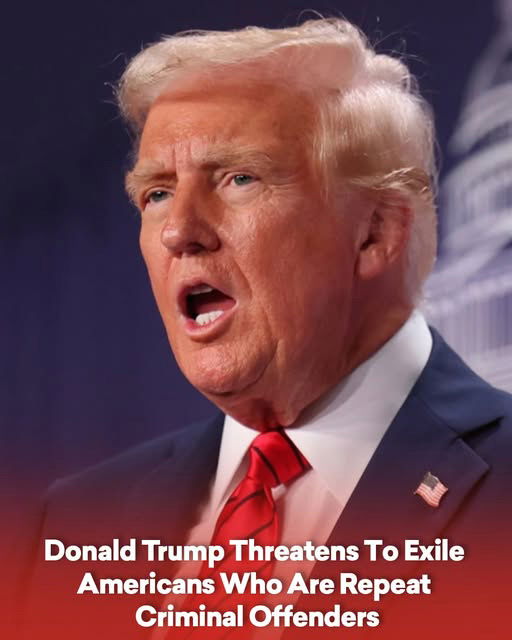Recently, former President Donald Trump suggested the idea of providing most Americans with $2,000 stimulus payments, sharing the plan on his social media platform, Truth Social. According to his announcement, this initiative would deliver direct financial assistance to eligible citizens, excluding those in the “high-income” category. The former president stated that the program would be financed entirely through government revenue collected from tariffs on imported goods.
While the announcement generated significant public attention, it has been met with both optimism and skepticism. Analysts, economists, and policymakers have raised questions regarding how realistic the plan is, how it would be implemented, and whether sufficient funding exists to support such an initiative.
The $2,000 Stimulus Proposal
President Trump linked the potential distribution of these checks directly to the success of his trade policies, particularly the collection of tariffs. He has claimed that these tariffs are generating “trillions of dollars” in revenue, which could simultaneously fund the stimulus and contribute to reducing the national debt.
However, as of now, no detailed framework has been released outlining how these payments would work in practice. Several critical details remain unclear:
- Income Thresholds: The exact definition of “high income” is still unspecified. Treasury Secretary Scott Bessent hinted that households earning less than $100,000 annually could be eligible, but no final decision has been communicated.
- Eligibility Rules: It is uncertain whether children or other dependents would qualify for separate payments and how households with varying structures would be treated.
- Implementation Timeline: While the White House Press Secretary Karoline Leavitt confirmed the administration’s commitment to distributing the payments, no official schedule for issuance has been provided.
Importantly, this stimulus initiative does not currently have legal authorization. Congress would need to pass legislation approving the payments—a step that has historically been met with resistance for similar proposals tied to tariff revenue.
The Funding Dilemma: Are Tariffs Sufficient?
A major component of this plan depends on using tariffs—taxes imposed on imported goods—as the exclusive source of funding. While the administration claims that tariffs have produced massive revenue, independent analysis casts doubt on this assertion.
Revenue vs. Cost
According to Treasury Department data, tariff collections as of September 2025 totaled approximately $195 billion. By contrast, the cost of providing $2,000 to all qualifying adults alone is estimated at roughly $300 billion, assuming a $100,000 income cutoff. Including payments for dependent children could raise the total expenditure to $500–600 billion.
Economists like Erica York have emphasized that even under the proposed income limits, the cost of the program far exceeds the amount generated by tariffs. Most independent forecasts place annual tariff revenue between $200 billion and $300 billion, far below the levels required to fully fund this proposal. This discrepancy challenges the administration’s claim that tariff revenue alone could finance widespread stimulus payments.
Potential Legal Constraints
The reliance on tariff funds is further complicated by legal scrutiny. The administration’s authority to impose broad tariffs under the International Emergency Economic Powers Act (IEEPA) is currently under review. Three lower federal courts have already ruled certain tariff actions illegal, and the Supreme Court is considering the matter. Should the court limit these powers, future revenue could drop sharply, further jeopardizing the feasibility of the payments.
Impact on Consumers
Tariffs are not without cost to ordinary Americans. They often translate into higher prices on everyday goods, with estimates suggesting that U.S. households could face increased annual expenses of $1,600 to $2,600 due to tariffs. Critics argue that a one-time $2,000 payment may not sufficiently offset these ongoing price increases.
Administrative and Legal Hurdles
For a $2,000 stimulus payment program to succeed, several significant obstacles must be overcome:
- Congressional Approval: Legislation is necessary to authorize and fund the payments. Historically, Congress has resisted including tariff dividends in large spending bills, which may pose a challenge for this proposal.
- Judicial Resolution: The Supreme Court’s decision regarding the legality of the tariff program could directly affect whether funds are available for stimulus payments. An unfavorable ruling could force the administration to seek alternative sources of revenue, potentially delaying distribution.
- Defining Eligibility: Clear definitions of who qualifies for the payment are required, including income thresholds, treatment of children, and household composition.
- Payment Infrastructure: The Treasury Department would need to establish systems for verifying eligibility and delivering funds, whether through direct deposits, checks, or other methods.
Treasury Secretary Bessent also indicated that stimulus support could take alternative forms, such as tax reductions—potentially including exemptions on tips, overtime, or Social Security benefits. Critics note that these proposals align closely with pre-existing tax plans, suggesting that they may represent a rebranding rather than a genuinely new stimulus effort.
What Americans Should Understand
While the idea of $2,000 stimulus payments is appealing, it is important to recognize that the proposal is highly speculative:
- No Authorization: Congress has not approved any payments, and no official eligibility rules exist.
- No Timeline: The administration has not specified when, or even if, the funds might be distributed.
- Financial Planning: Households should avoid making financial decisions based on the expectation of receiving these payments. The more immediate financial impact for many Americans comes from higher prices resulting from tariffs.
- Monitor Reliable Sources: Citizens should rely on official announcements from the Treasury Department or the White House rather than claims suggesting guaranteed payments.
The Bigger Picture: Trade Policy, Tariffs, and Stimulus
The proposed stimulus initiative highlights a broader debate about the intersection of trade policy and domestic economic relief. Tariffs, while intended to protect domestic industries and generate revenue, have complex consequences for consumers, businesses, and the economy. Economic studies indicate that the revenue generated through tariffs often falls short of the amounts needed to fund large-scale stimulus programs.
Legal scrutiny also plays a crucial role. Courts have repeatedly examined the limits of executive authority to impose tariffs, with potential consequences for any funding derived from these actions. Until these legal questions are resolved, the idea of using tariff revenue for direct payments remains highly uncertain.
Conclusion
At this stage, the $2,000 stimulus payment proposal remains a concept rather than a guaranteed program. While the idea of providing direct financial assistance to American households is attractive, multiple obstacles—including funding shortfalls, legal uncertainty, and administrative requirements—make implementation unlikely in the near term.
Citizens are advised to monitor developments carefully, remain skeptical of claims suggesting guaranteed payments, and continue planning their finances based on verified information rather than speculative announcements. As the situation evolves, lawmakers, economists, and the courts will play pivotal roles in determining whether such a program could ever materialize.



